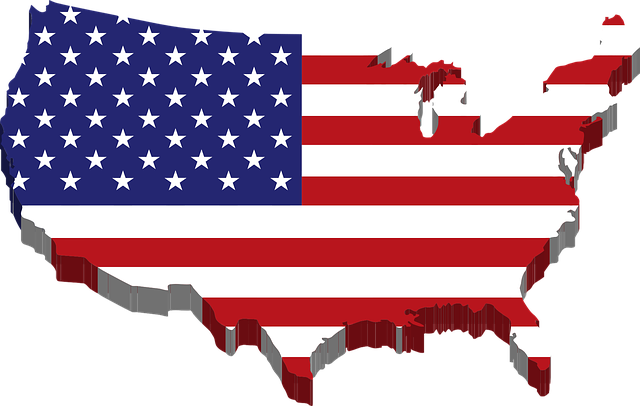The "Stars and Stripes," or Old US Flag, has evolved visually over time, reflecting pivotal moments in American history and politics. Each iteration represents the nation's growth, shifting demographics, and collective identity. Discover old US flags near you through historical societies, museums, antiques stores, and online platforms to learn about their unique stories. The flag's design changes, from 13 stars to 50, symbolize the nation's expansion and democratic ideals. Historical flags found in museums serve as symbols of unity and resilience, emphasizing America's diverse states and playing a crucial role in political expression.
Uncover the captivating history of American flags through time with our comprehensive guide. From the iconic stars and stripes of the past to the evolving designs that represent a changing nation, this visual journey explores how the Old US Flag has transformed over centuries. Discover where to find these historic treasures close to you, unravel the symbolism behind key changes, and appreciate the stories they hold. Dive into the rich tapestry of American flag evolution, from its humble beginnings to today’s diverse interpretations.
- A Visual Journey Through Time: Uncovering the Evolution of the Old US Flag
- Where to Find and Appreciate Historic American Flags Near You
- The Stories and Symbolism Behind Iconic Changes in the US Flag Design
A Visual Journey Through Time: Uncovering the Evolution of the Old US Flag

The Old US Flag, also known as the “Stars and Stripes,” has undergone a remarkable visual transformation throughout its history. Each change reflects pivotal moments in American society and politics, making it a fascinating journey through time. By exploring the evolution of this iconic symbol, we can discover how the flag has come to represent not just a nation but its values, struggles, and triumphs. From the early colonies to the present day, the Old US Flag near me and elsewhere has served as a powerful visual narrative, telling stories of revolution, expansion, and unity.
By examining vintage flags and historical records, we uncover layers of significance. Early iterations featured fewer stars, representing the limited number of states in the Union. Over time, as new states joined the federation, the flag’s design evolved, adding more stripes and stars to signify growth and changing demographics. These visual changes are not just aesthetic; they encapsulate the dynamic history of a nation, making the Old US Flag a tangible link to our past, inspiring curiosity about where we came from and shaping our collective identity as Americans.
Where to Find and Appreciate Historic American Flags Near You

If you’re eager to get your hands on an old US flag near me, there are several avenues to explore. Start by checking local historical societies and museums; many preserve and display historic flags as part of their collections, offering a chance to see these symbols up close. Antiques stores and collector’s markets are also great places to hunt for vintage flags, where you might discover unique pieces from different eras. Online platforms cater to enthusiasts, too, with specialized sellers offering rare and antique flags for purchase.
To truly appreciate the significance of these old US flags near me, consider learning about their history. Each flag tells a story—from the stars and stripes representing revolution and freedom to the designs changing over time to reflect the union’s growth. Understanding the context behind each flag enhances its beauty and historical value.
The Stories and Symbolism Behind Iconic Changes in the US Flag Design

The American flag, with its iconic stars and stripes, has undergone significant transformations over its history, each change telling a unique story of the nation’s evolution. One of the most noticeable shifts is the evolution from the original 13-star design to the current 50-star version. The Old US Flag near me can still be found in various museums and historic sites, serving as a reminder of the early days of our country. These flags represent the unity and resilience of the colonies that fought for independence, with each star symbolizing one of the states in the Union at the time.
As new states joined the United States, the flag design was updated to reflect this growth. The addition of stars wasn’t just a visual change; it symbolized the expansion of democratic ideals and the increasing diversity of the nation. These iconic flags have also been a powerful tool for political expression, often featuring in protests and celebrations, further emphasizing their role as a cultural and historical artifact.
